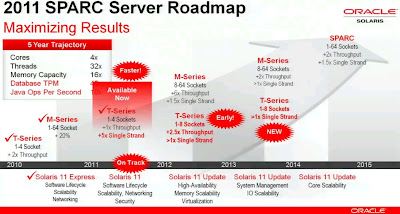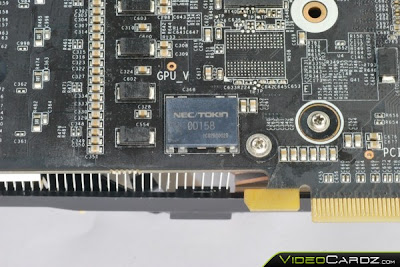The 22nm manufacturing process technology has earned praise from Intel, and not because of the performance of the processors built on it, although that certainly played a part.
The performance level of Core i 3000 series chips is what enchanted so many customers and persuaded them to buy them. Still, while this did drive the adoption of CPUs, ultimately leading to them accounting for 25% of all shipments, there was another important factor: mass production. As opposed to GPU makers NVIDIA and AMD, whose 28nm chip supply is insufficient (in no small part because of Qualcomm), Chipzilla doesn't have any supply issues. In fact, the 22nm technology ramped faster than the 32nm node, faster than Intel's own plans really, hence them making up a quarter of the CPU volume.
"Our technology and manufacturing group once again delivered fantastic results," said Paul Otellini, chief executive officer of Intel, during the
quarterly conference call with financial analysts (the one that also had thoughts on Atom tablets and phones).
"Our 22nm process health is ahead of where out 32nm process health was at the same point in its ramp, and ahead of our own plans. That enabled us to ramp up Ivy Bridge to nearly a quarter of our PC volume, our fastest ramp ever." The company is getting ready to upgrade some of its fabs, while some have already been refined. Currently, there are five producing 22nm wafers.
For consumers, the best news is that all this was part of the early stages, and later manufacturing stages always become less straining on costs. Hopefully, this will let Ivy Bridge processors sell for less in Q3 and Q4. "As we move into Q3, we have the phenomenon where cost comes down rapidly on Ivy Bridge, which was about a quarter of our volume in Q2 and we are going to more or less double that volume in Q3. Hence, keeping in mind this phenomenon where cost come down, but the volume doubles, I see some cost good news in Q3, it is between half a point to a point, and then I get more cost good news in Q4, as that ramp starts to flatten out a bit," said Stacy Smith, chief financial officer of Intel.
 |
Intel Core i7 CPU
Image credits to Intel |





 7/19/2012 08:00:00 PM
7/19/2012 08:00:00 PM
 dannzfay
dannzfay









































